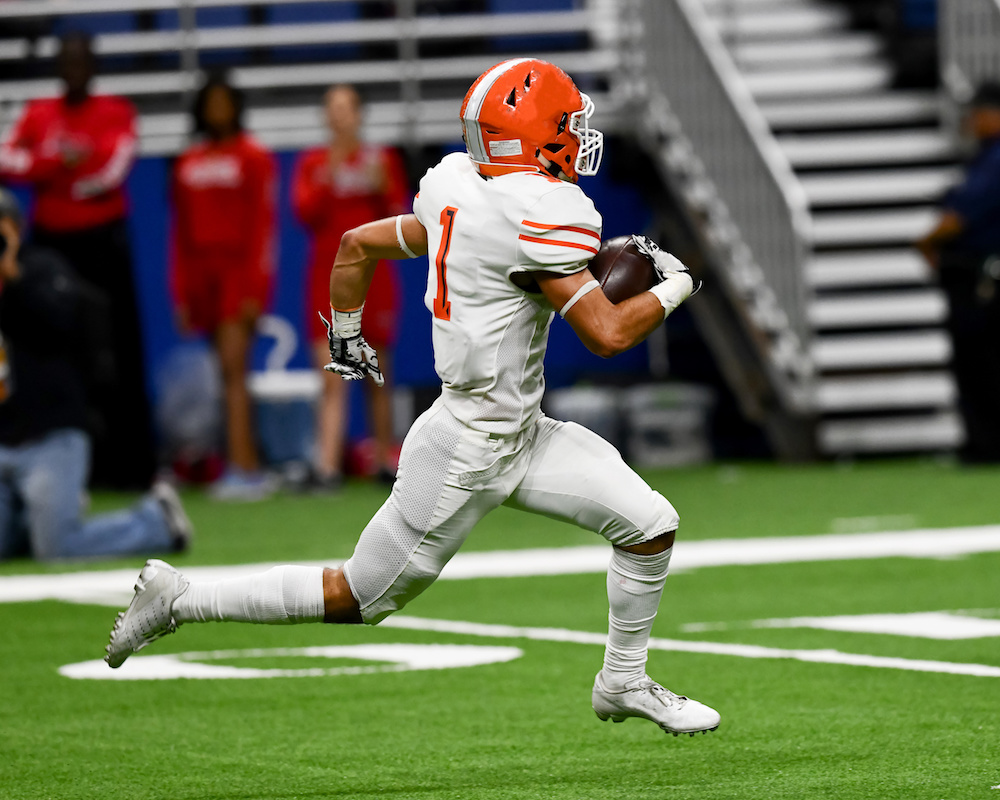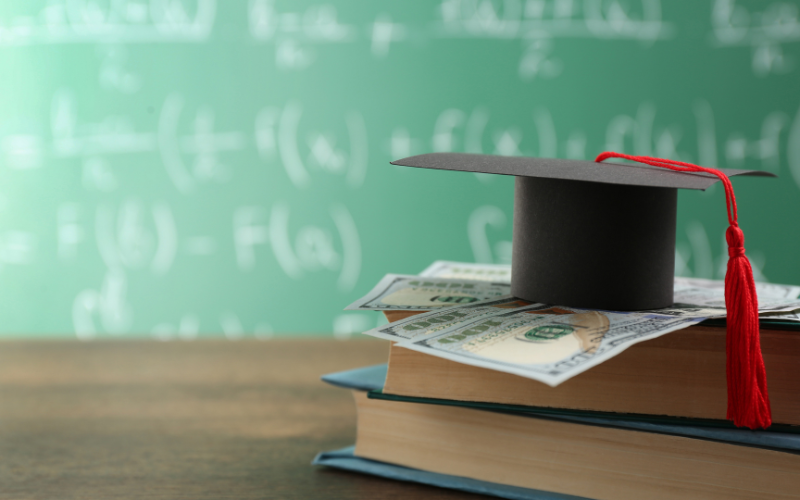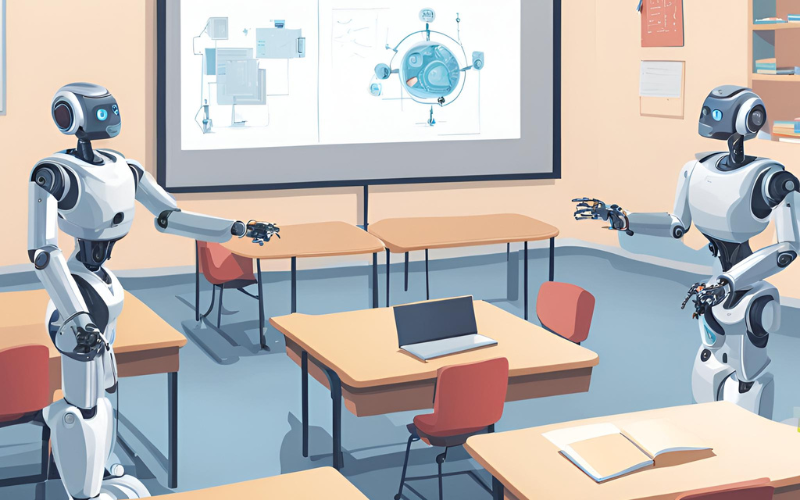As a parent of Division I athletes, I found the points in the Forbes article “Has Higher Education Lost Its Mind?” written by Donna Lopiano and Andrew Zimbalist to be more than interesting. The authors opened their article with news about the suspension of voluntary summer workouts at the University of Houston, when six players tested positive for COVID-19 less than two weeks after their return to campus.
“Who’s looking out for the athletes?” is the repeated refrain of the article when the authors write about required testing, quarantines, and retesting, even as there are no rules requiring face masks or limiting forceful exhales during lifting in the weight room. While these health issues relate to the athletes and their practices, the authors also maintain that allowing crowds of 40,000 (versus 100,000) denies the reality that a vaccine does not exist and social distancing requires more than the elimination of every other seat at huge spectator events.
While my children compete in the low-attendance Olympic sports, their team uses the same training facilities as the other athletes. Because of class scheduling, the facilities are often crowded at peak workout hours.
Due to the demands on their schedules, college athletes generally live in dorms or off-campus apartments with other athletes. They frequently socialize with other athletes, and it’s not unusual to have a large gathering of athletes at an off-campus house, apartment or bar that provides athletes with a side door access and no cover charge.
But will they wear masks and maintain a social distance? Given the stress of competing at the highest level of amateur competition and completing a full-time academic course load, I doubt that social distancing and masks will rank high in their priorities.
The authors ask if “the tail is wagging the dog?” Does the financial exigency of college sports trump the health of college athletes? Will alumni stop giving if there is no football or basketball next season? All of these are good questions, but the most important question was saved for last: “When did athletic entertainment become the overarching purpose of higher education?”
The answer to that question bifurcates among institutions based on size. For Division I schools with large football and basketball programs, the television contracts and game attendance revenues support a substantial number of non-revenue sports in the institution’s athletic programs. While smaller institutions may not have substantial attendance revenues, team sports are used in many cases as a recruiting and enrollment incentive.
Not having sports could set back 2020 fall enrollments. In any case, I would be willing to wager that institutions will consider the ramifications to the fall sports schedules before closing campus operations.











